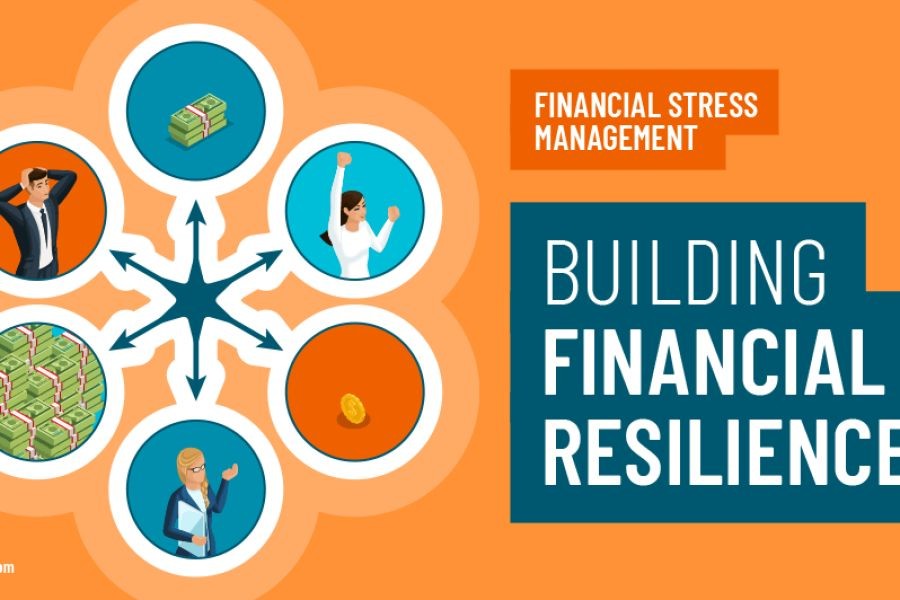In recent years, the question of whether buying a house in regional Australia is a smarter investment than in the cities has gained significant attention. With urban property prices soaring and regional areas offering a more affordable lifestyle, investors are beginning to reconsider traditional real estate strategies. This article delves into the economic, financial, and social factors influencing this trend, providing a comprehensive analysis for venture capitalists considering their next move.
Understanding the Current Housing Market Landscape in Australia
The Australian housing market has experienced dramatic changes over the past decade. According to the Australian Bureau of Statistics (ABS), urban property prices have increased by 20% over the last five years, driven by population growth and limited housing supply in major cities such as Sydney and Melbourne. In contrast, regional areas have seen a more moderate increase, with prices rising by an average of 12% over the same period.
The Reserve Bank of Australia (RBA) suggests that these trends are partly due to changing work patterns, with more Australians opting for remote work, thus reducing the necessity of living close to urban centers. Consequently, regional areas are becoming attractive for both homeowners and investors seeking value for money.
Economic Factors Driving Regional Property Investment
Several economic factors contribute to the attractiveness of regional property investment. First, the lower entry cost is significant. The median house price in regional areas like Ballarat and Bendigo is approximately 40% lower than in Melbourne, according to CoreLogic.
Furthermore, regional properties often offer higher rental yields. While city properties may generate yields of around 2-3%, regional properties can offer yields as high as 5-6%, providing a more immediate return on investment.
Financial Implications: Risk vs. Reward
Investing in regional properties involves a different risk-reward balance compared to urban investments. On the one hand, the lower purchase price reduces financial exposure, and higher rental yields can enhance cash flow. On the other hand, regional properties may face slower capital growth and liquidity issues, as fewer buyers are interested in these areas.
According to a report by the Australian Financial Review, while regional investments can outperform urban returns in the short term, they may lag in long-term capital appreciation. Investors must weigh these factors carefully, considering both their financial goals and risk tolerance.
Regulatory Insights: Policies Impacting Regional Investment
Government policies also play a pivotal role in shaping regional property investment. The Australian Prudential Regulation Authority (APRA) has implemented measures that affect lending practices, impacting investor access to finance. Additionally, regional development grants and incentives can provide financial support for those investing outside major cities.
For instance, the New South Wales Government offers significant stamp duty concessions for properties valued under $800,000 in regional areas, making it an appealing option for first-time buyers and investors alike.
Case Study: Successful Regional Property Investment
Case Study: John and Sarah’s Property Portfolio in Geelong
Problem: John and Sarah, a young couple from Melbourne, struggled to enter the property market due to the high prices in the city.
- They were keen to invest but faced barriers due to affordability and competition.
Action: They decided to explore opportunities in Geelong, where property prices were more accessible.
- They purchased a three-bedroom house for AUD 450,000, significantly less than similar properties in Melbourne.
- They rented out the property, achieving a rental yield of 5.5%.
Result: After two years, the property value increased by 15%, and rental demand remained strong.
- Their successful investment allowed them to leverage equity for further property purchases.
Takeaway: This case illustrates the potential benefits of regional investment, emphasizing the importance of market research and strategic location selection.
Pros and Cons of Regional vs. Urban Property Investment
Pros of Regional Investment
- Affordability: Lower entry costs make it accessible for first-time investors.
- Higher Rental Yields: Typically offers better cash flow compared to urban properties.
- Quality of Life: Offers a more relaxed lifestyle, attracting tenants seeking a change from city living.
Cons of Regional Investment
- Slower capital growth: May not appreciate as quickly as city properties.
- Limited Liquidity: Potential difficulty in selling quickly due to smaller buyer pools.
- Market Volatility: More susceptible to economic changes affecting regional industries.
Debunking Myths About Regional Property Investment
Myth 1: "Regional properties are always riskier investments."
Reality: While some regional markets can be volatile, thorough research and strategic investment can mitigate risks. Many regional areas have stable economies and growing populations.
Myth 2: "There's no demand for rental properties in regional areas."
Reality: With the rise of remote work and lifestyle changes, demand for regional rentals is increasing, especially in areas with good amenities and transport links.
Myth 3: "Regional investments offer no capital growth."
Reality: Some regional areas, particularly those near major cities or with booming industries, have shown significant capital growth over recent years.
Future Trends and Predictions for Regional Property Investment
Looking ahead, the future of regional property investment in Australia seems promising. The trend toward remote work is likely to continue, driving demand for properties outside major urban centers. Additionally, infrastructure projects, such as improved transport links and technology upgrades, will enhance the appeal of regional areas.
According to a forecast by Deloitte, regional property markets are expected to grow by 7% annually over the next five years, outpacing many urban areas. This suggests that early investments in these regions could yield substantial returns.
People Also Ask (FAQs)
How does regional property investment impact Australia's economy?
Regional property investment diversifies Australia's real estate market, contributing to economic stability and growth by spreading demand and investment beyond major cities.
What are the biggest misconceptions about regional property investment?
A common myth is that regional properties lack demand and growth potential. However, research shows increasing demand driven by lifestyle changes and economic diversification.
What are the best strategies for investing in regional properties?
Experts recommend thorough market research, focusing on areas with strong infrastructure and economic prospects, and considering potential rental yields for cash flow.
Final Takeaways & Call to Action
- Fact: Regional properties offer lower entry costs and higher yields, making them attractive investments.
- Strategy: Conduct in-depth market research and consider infrastructure developments when choosing regional investments.
- Mistake to Avoid: Don't assume all regional areas are the same; each has unique economic drivers and risks.
As a venture capitalist or investor, exploring regional property investment could offer significant opportunities for diversification and growth. Engage with local experts, stay informed about economic trends, and take calculated risks to maximize your returns.
Related Search Queries
- Is regional property investment a good idea in Australia?
- Benefits of buying a house in regional Australia
- Urban vs. regional property investment
- Rental yield in regional Australia
- Future of the Australian housing market
- Regional property market trends
- How to invest in regional properties
- Regional vs. urban housing market comparison
- Impact of remote work on regional property demand
- Regional infrastructure development in Australia































